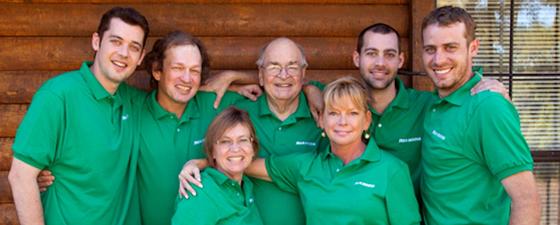After first watching ‘Switch’, I thought I may be missing something. It bothered me through the night. Sure, there were impressive scenes of some of the world’s most important energy sites, experts chiming in at just the right times, and an important message for us all at the end. So what did I miss?
The next morning when I turned on our television connected to the outside world via satellite, it started to dawn on me. There are hundreds, if not thousands, of shows, and even full networks, devoted to your health. What to eat, what not to eat, how to exercise, what this or that does to your overall health – well, you get the idea. The same thing goes for the financial side of our lives: How to buy a house, keeping out of debt, ten ways of paying less in taxes, and so on. While some still eat the wrong foods, don’t exercise, or continue to go into debt, many have benefited from the information available to them and are able to make much more informed decisions about their life styles.
So what messages do we see on the 500 or more channels available to us in the US about our energy situation? High gas prices predicted for this summer’s driving season; scenes of the Deepwater Horizon disaster in the Gulf of Mexico; Home Depot occasionally putting a clip about insulation or weather stripping on the Weather Channel; conflicts along the Strait of Hormuz that could spike energy prices; the controversies regarding hydraulic fracturing and global warming. Little wonder that the average person really does not know where our energy actually comes from or what our energy future may bring.
With energy playing such a big role in everything we do, how can we all become informed? That is exactly the central theme of ‘Switch’.
Revolutionary Conclusions
In this documentary, Dr. Scott Tinker starts out packing a very tidy suitcase at home and heading out into the world. He adds up all the energy it takes to run his house, the gadgets he uses, his car and so on. It turns out to be a huge amount, about 20,000,000 watt hours every year. He simply calls this unit ‘me or you’ or ‘one person’s total energy footprint for a year’. Scott uses this unit of energy throughout the movie to indicate the size of different energy producing methods and how many people can be supplied with that energy for a year. For instance, he visits the Parish Generating Station in Texas, a coal plant that can supply energy to 900,000 people per year. After explaining where coal comes from, how it is used, and why it is used, an expert puts the scene into perspective by discussing the economics, problems the use imposes such as the cost to clean it up, and the reality of actually doing so. The documentary explores nearly every energy option currently available and being used today. For each, the experts give the listener the pros and cons that lead to some thought-provoking and quite revolutionary conclusions.
“(We) will make the right choices if we have the right information.”
In my opinion, the documentary saves the best for last as Dr. Tinker discusses, with the aid of some excellent graphics, our energy future. He outlines which fuels and methods to generate power will become more important and what the ‘Switch’ will look like in the near future, along with the challenges to meet our energy needs. I will not tell you the ending as that is the most important point Scott Tinker is trying to make. I will give a hint, however: it has a lot to do with you and me and how we relate to the overall energy equation.
So what really bothered me through the night after watching ‘Switch’ is not that I missed something the movie was trying to get across, but why have we waited so long to hear its clear and distinct message. The vision that Scott and co-producer and director Harry Lynch have is simple: to change the global energy conversation. This film is a monumental first step towards achieving that vision and I applaud Scott Tinker, Harry Lynch and Arcos Films in creating a balanced, informative, and entertaining presentation
Scott Tinker was profiled in GEO ExPro Vol. 8 No. 4
For more information on the film see the Switch website.





